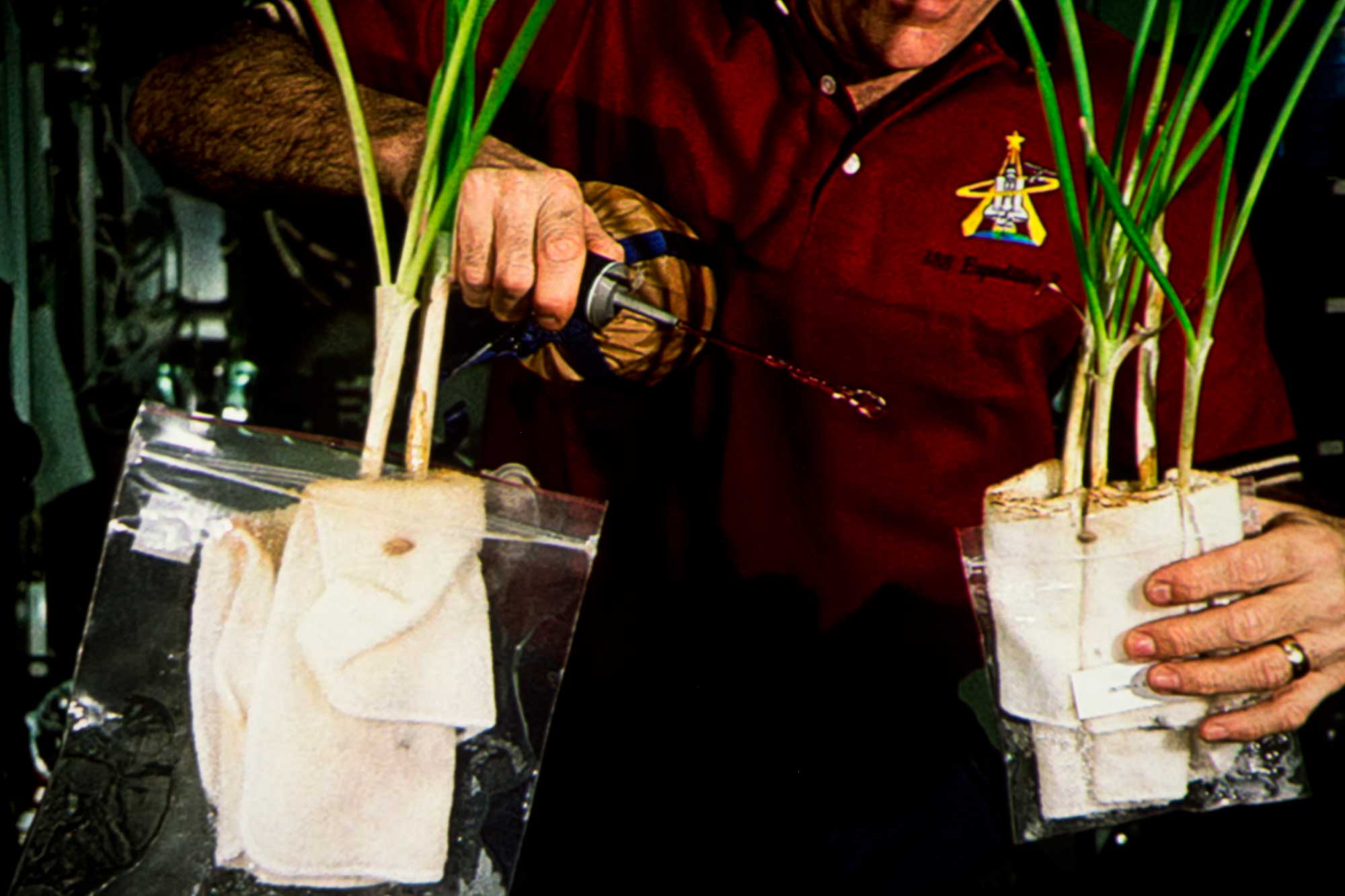The VPL-VW295ES simply looks more naturally sharp than any of the lower resolution 4K capable projectors, whether they are basic 1080p pixel shifters (2x) or (4x - the lower res "4K UHD" DLPs), or the 2716x1528 4K UHD pixel shifters).
With all the controls any of those others can at a glance, on 4K content, look as sharp, or even sharper than this Sony. That doesn't make them better, what that tends to make them is over processed. I've long talked about how those lesser resolution projectors when set up to look really sharp, tend to add visible hardness to the picture, something that may look great on a outdoor scene, but may really look too hard, and not too natural (even when the color is great), on close-ups of faces.
While I've had the Sony here, I've compared it to the Epson 5040UB, the Optoma UHD65, and a couple of the lower res 4K UHDs (BenQ HT2550/TK800) and the Viewsonic PX727-4K.
In every case, the differences in sharpness are slight enough that you really can't tell differences at 15 feet back from a 100" screen - Except if you look at one of those face close-ups, that is over sharpened, that you could spot differences in sharpness and detail.
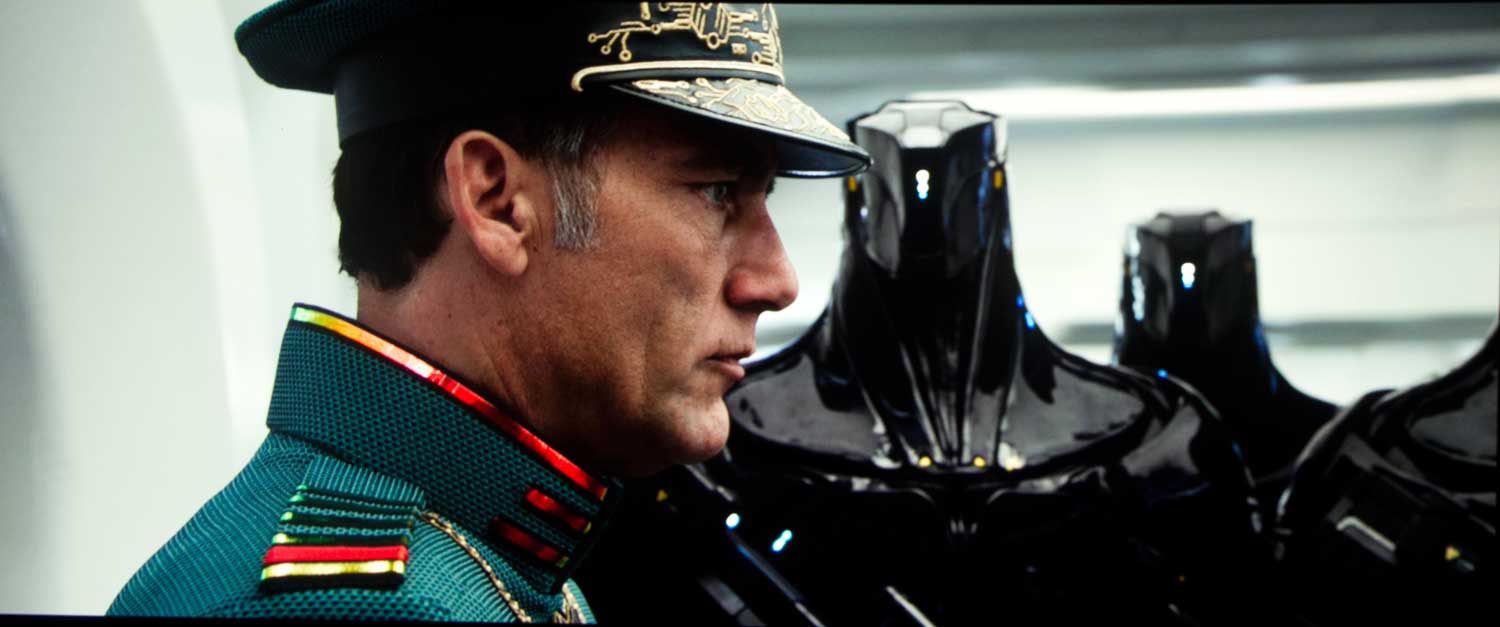
4K HDR/P3 image from Valerian. Please remember, you can click on each image, and then click again to further expand using our PrettyPlayer image plug-in
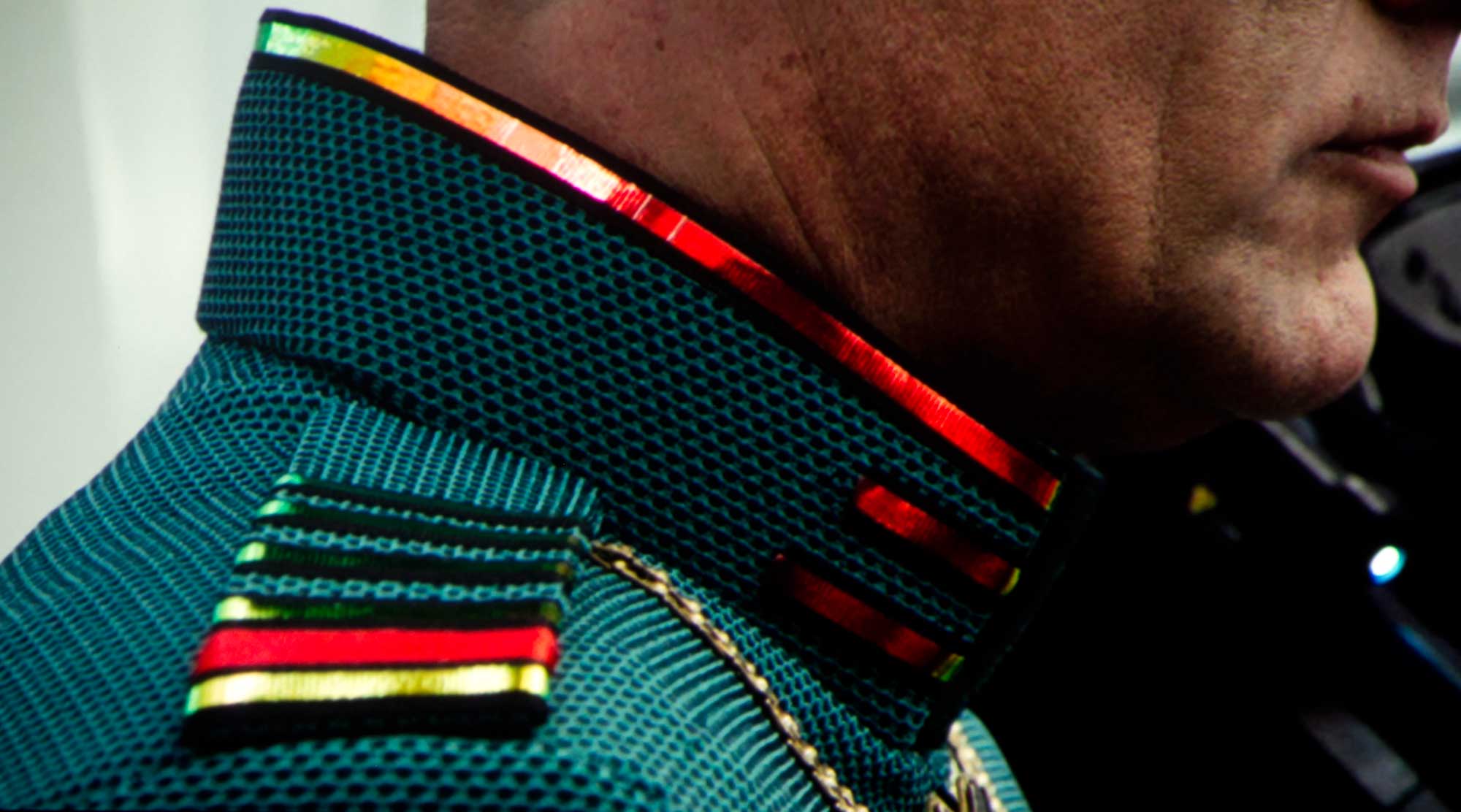
Close up of the previous 4K image. Extremely sharp, not over processed (you can see some sharpening, this is like sitting 4 feet or less from the screen. Zoom all the way in!
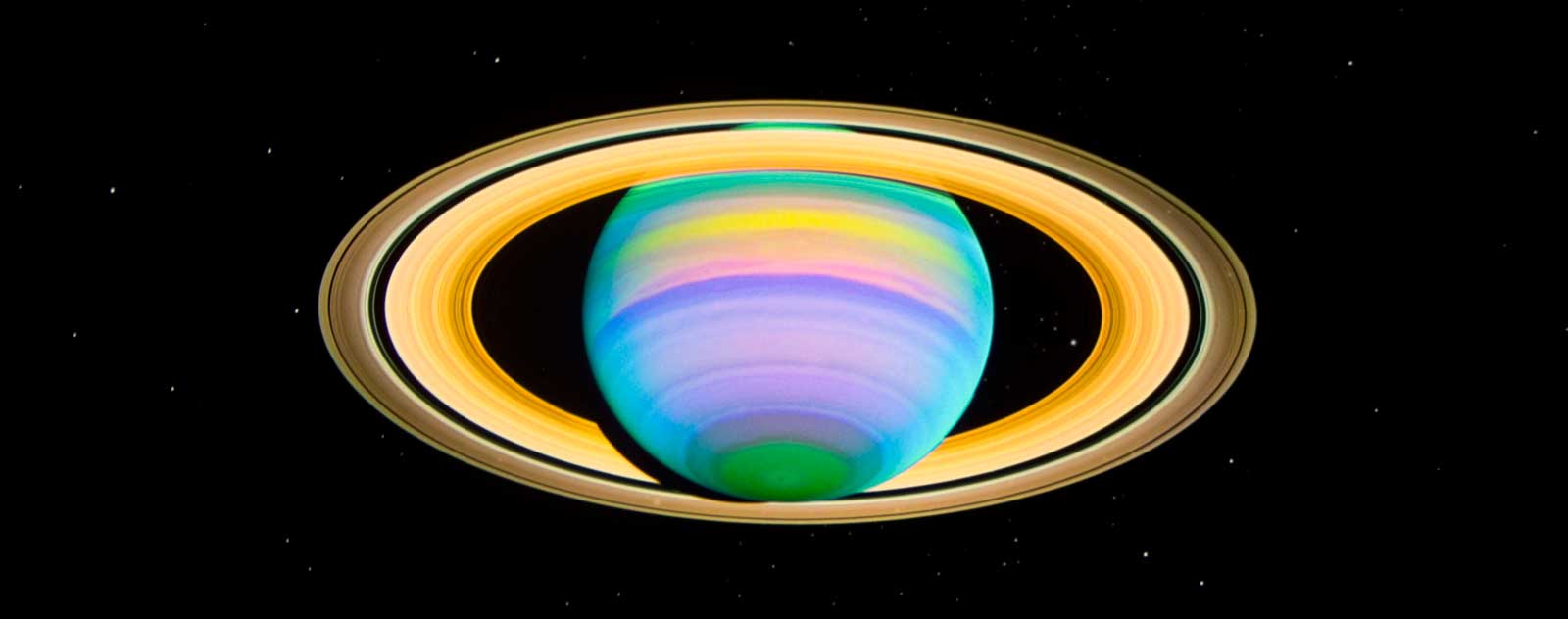
4K with HDR and P3 color - Journey to Space - rich colors - and sharp/detailed
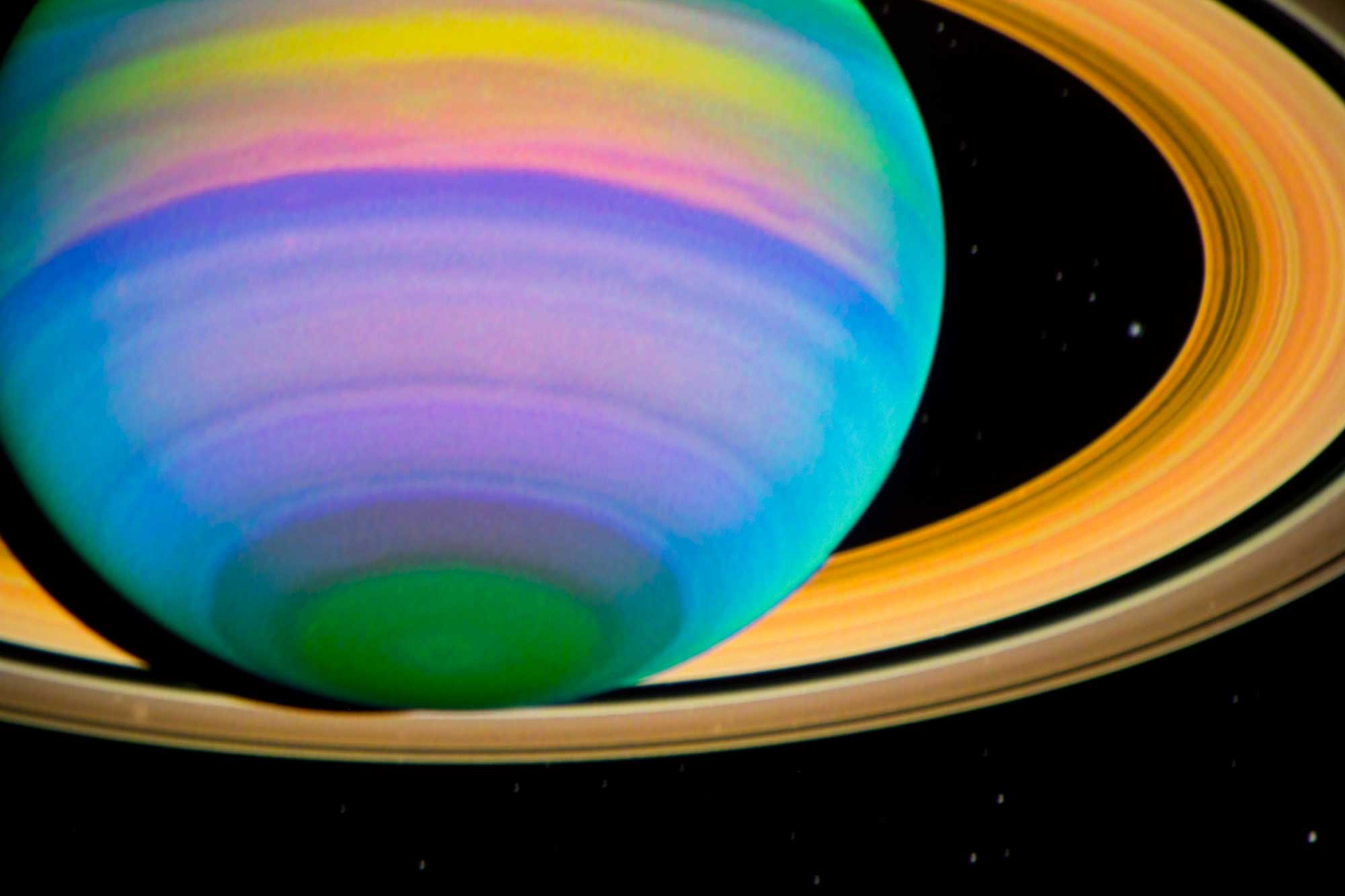
Closeup look of Saturn (false color), 4K HDR, P3 on Sony VW295ES
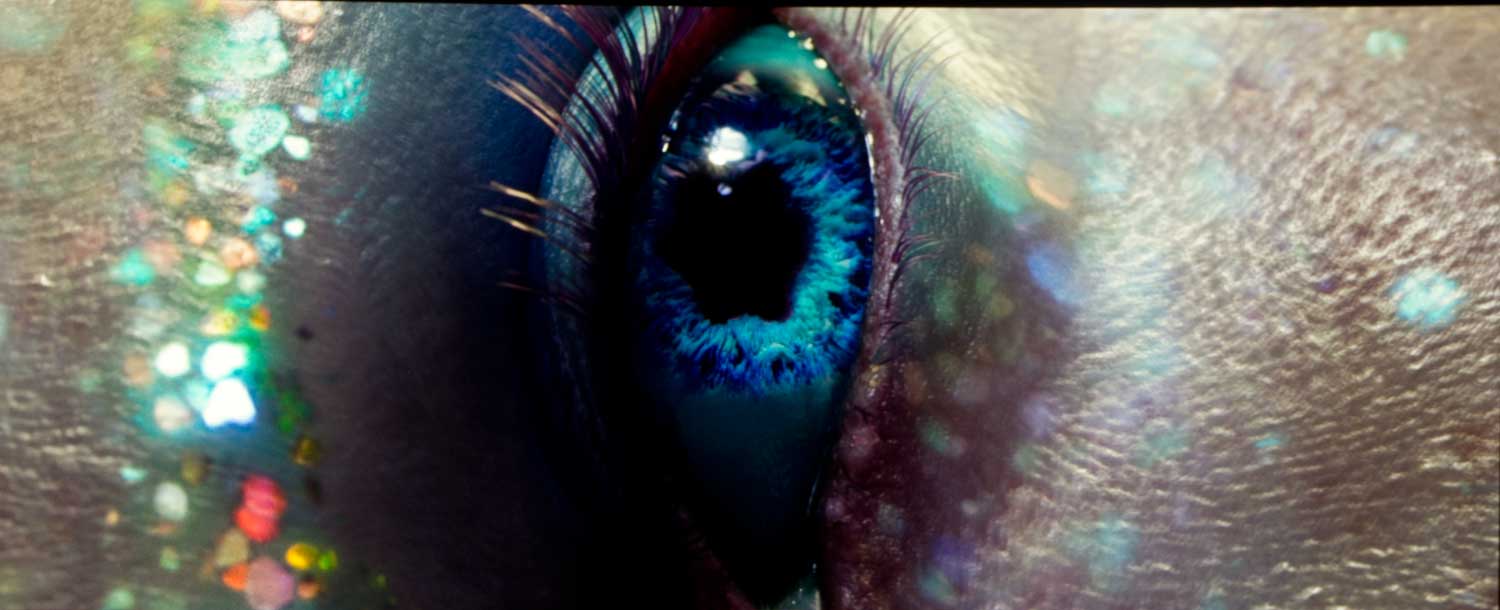
From Valerian, 4K. Nice detail, no hardness. Sony VW295ES
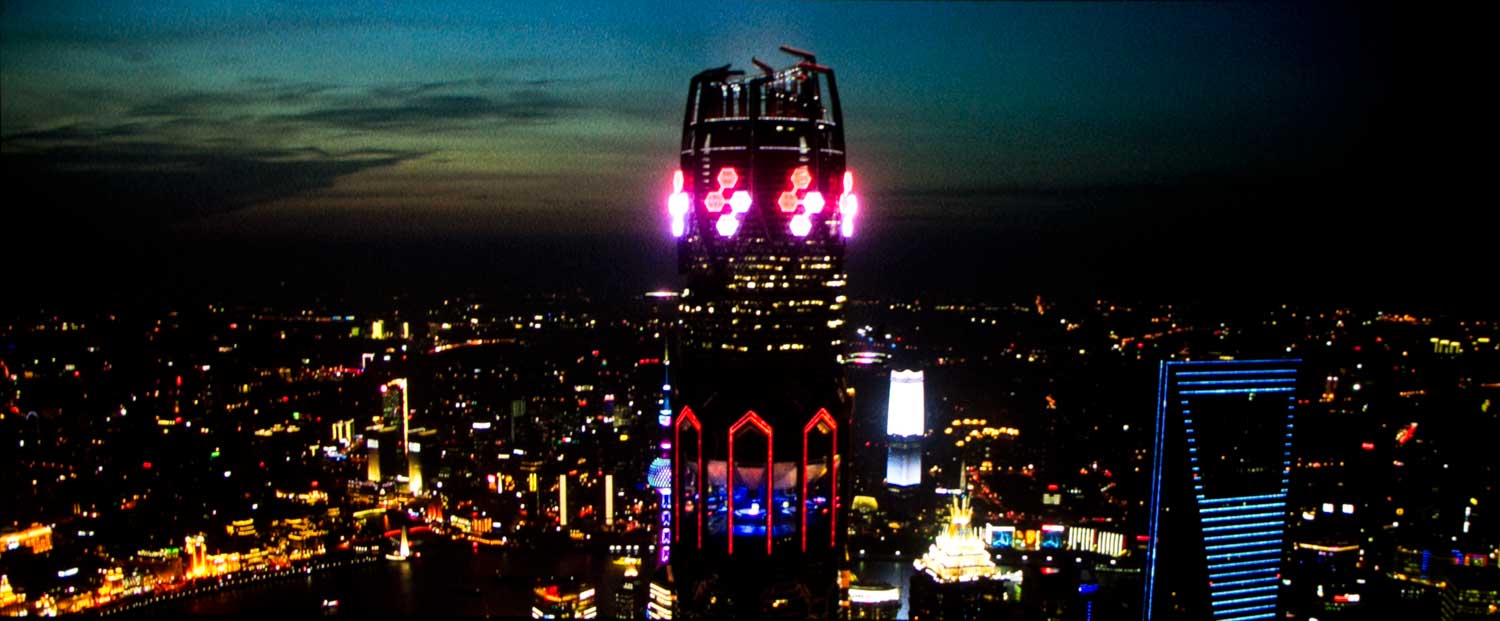
VW295ES showing 4K HDR/P3 from Pacific Rim - Uprising
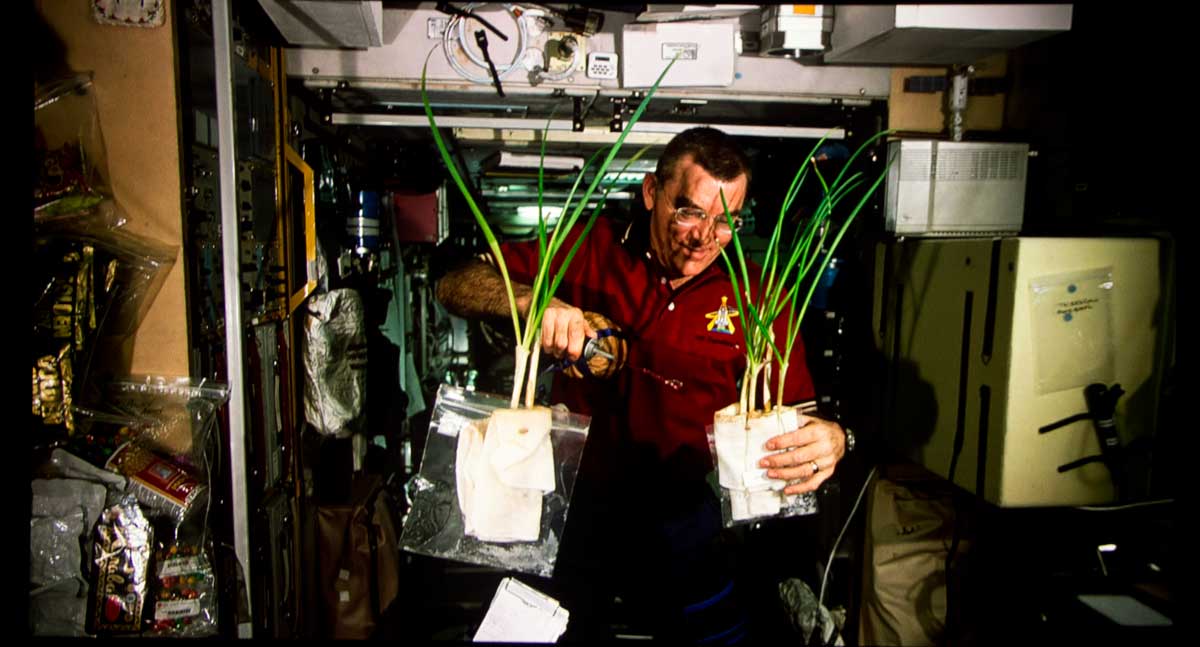
Another Journey To Space 4K HDR/P3, and, a close-up is next
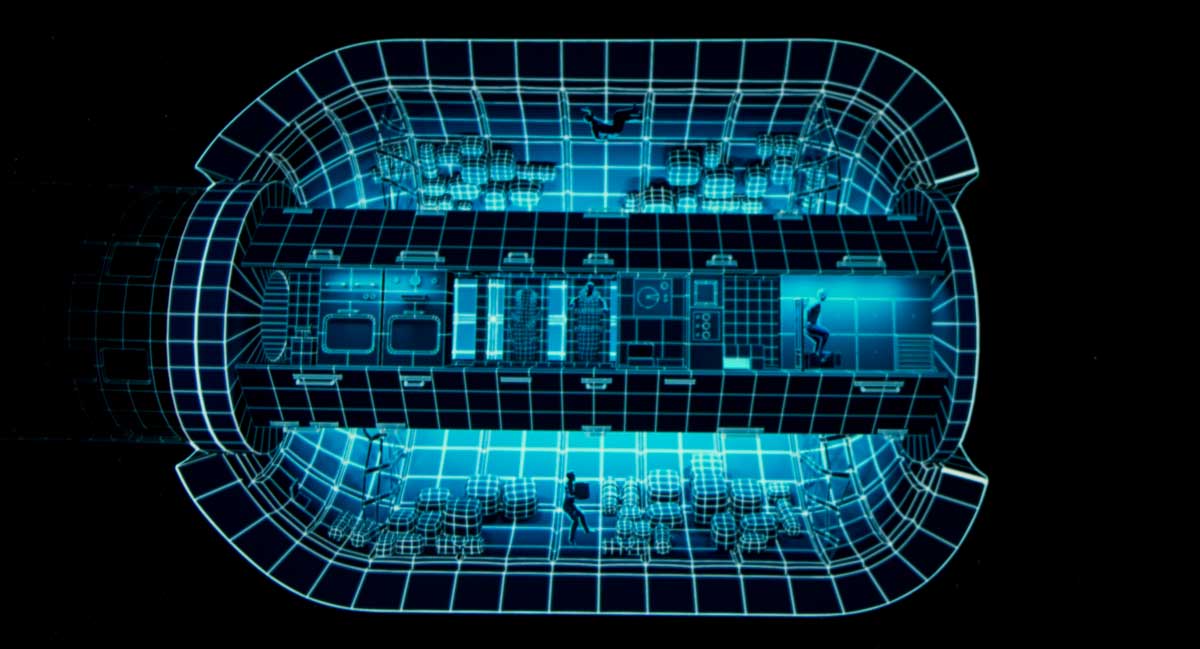
Renderings are good ways to compare sharpness and detail. This one from Ender's Game (4K, etc.) This is the VW295ES. The close-up is next. The rest of this batch is the same image from 8 competitors. Each projector is identified in its caption. Have fun comparing.
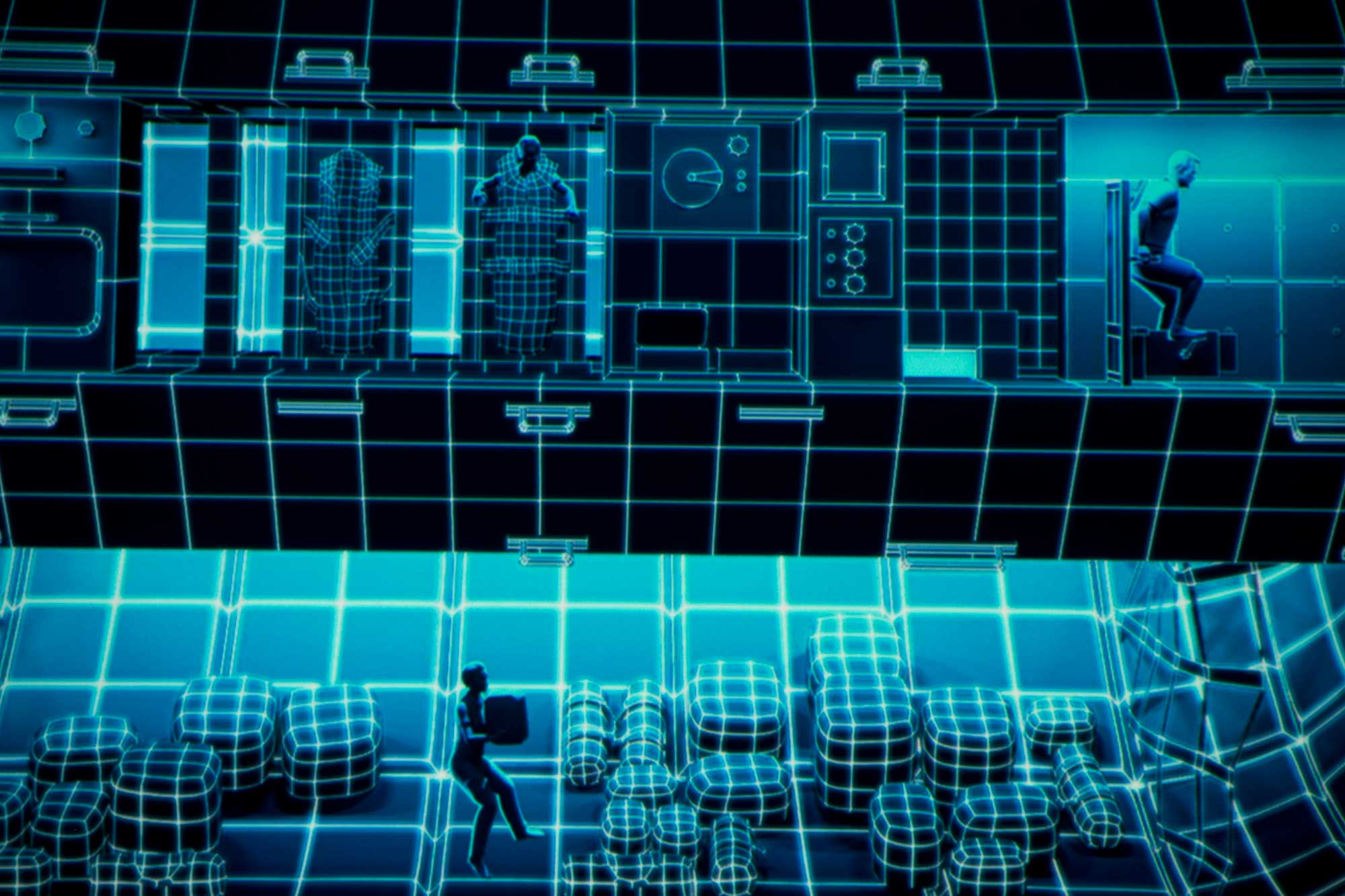
Bigalow Space Station rendering - close-up: VW295ES
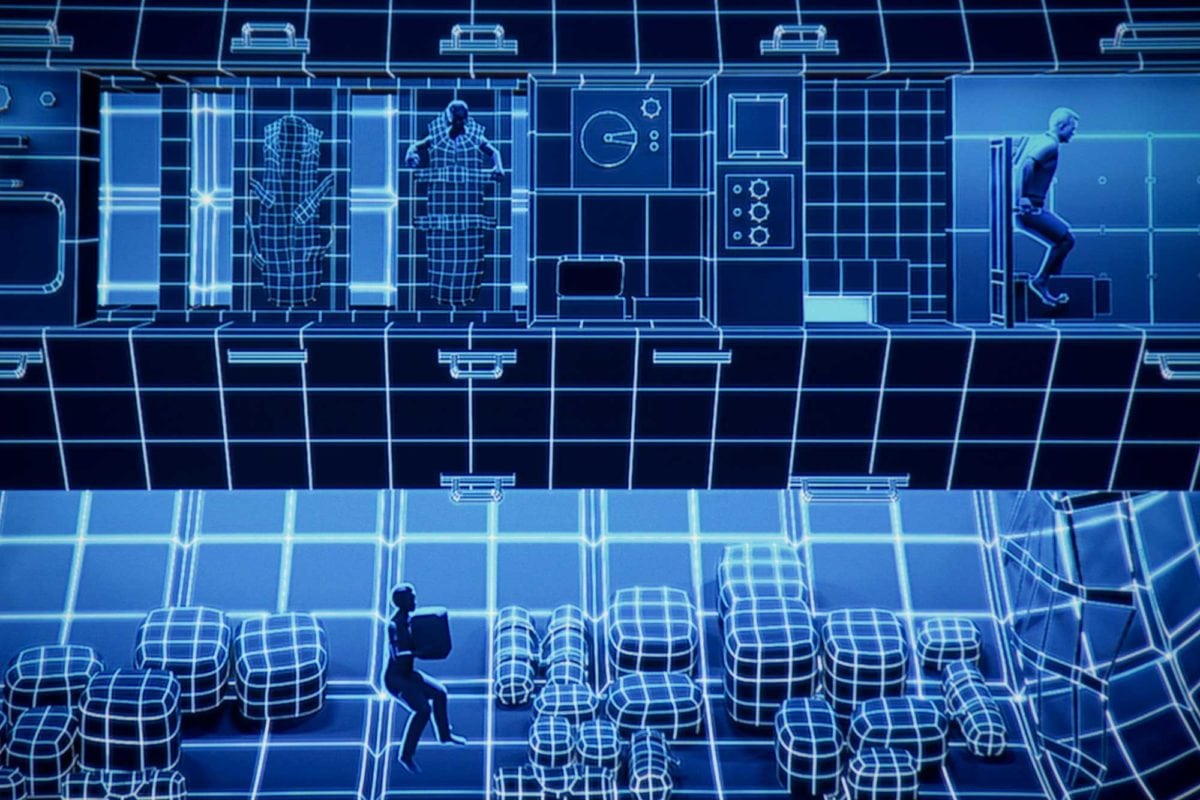
A close-up from the LG HU80KA - a $2999 smart 4K UHD laser projector (1920x1080x4) This one is more home entertainment (lacks really great color). Note when zoomed in - jaggy lines - not natural
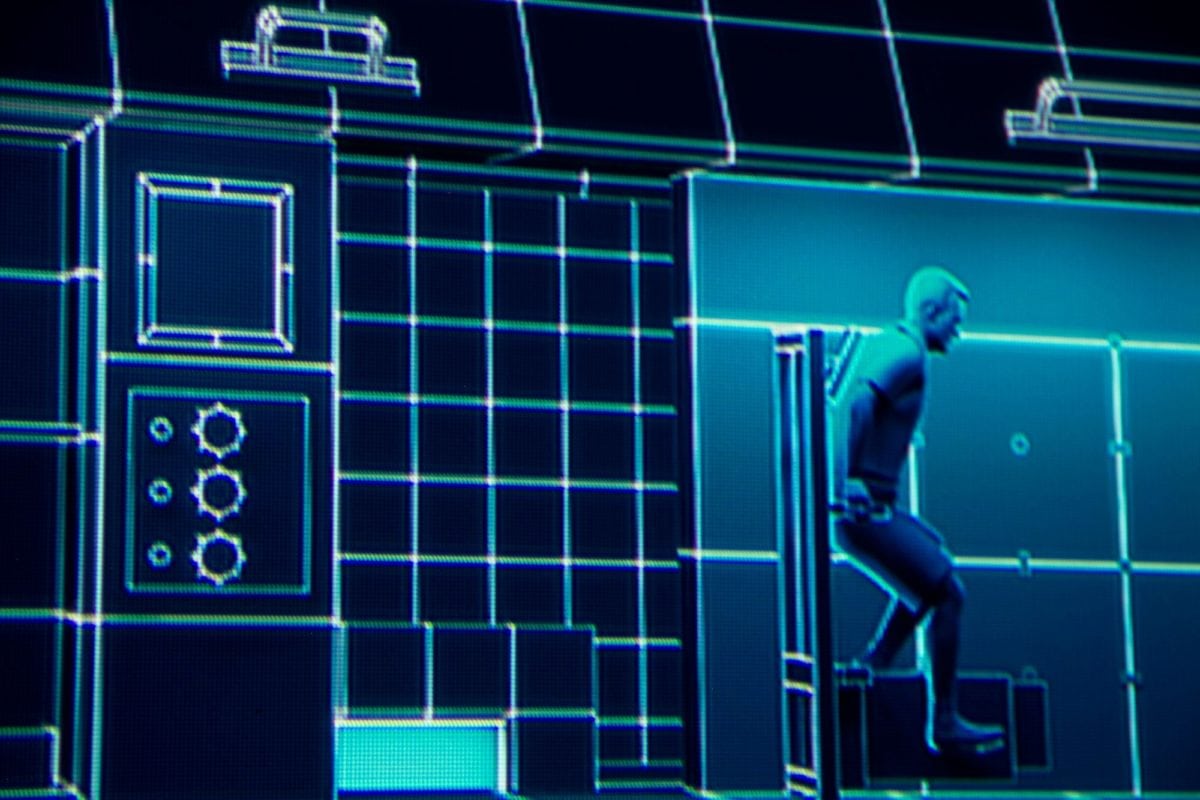
The Epson 5040UB is the preferred lowest cost 4K capable projector (1920x1080x2) pixel shifter, that's really great on very dark scenes. Sharpness/detail can be a bit hard vs Sony.
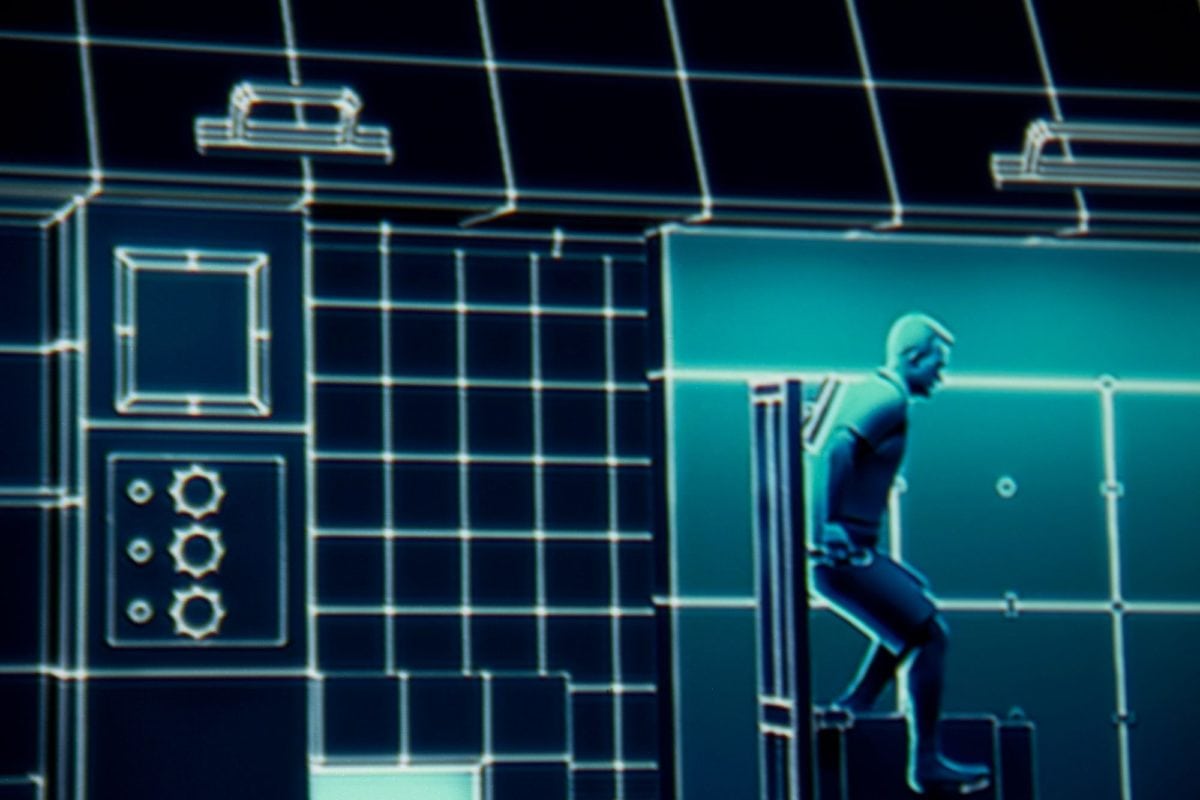
Acer VL7860 4K UHD (2716x1528x2) pixel shifter - has a laser engine, and looks pretty sharp here. (It's also my favorite 4K UHD DLP when it comes to black levels).
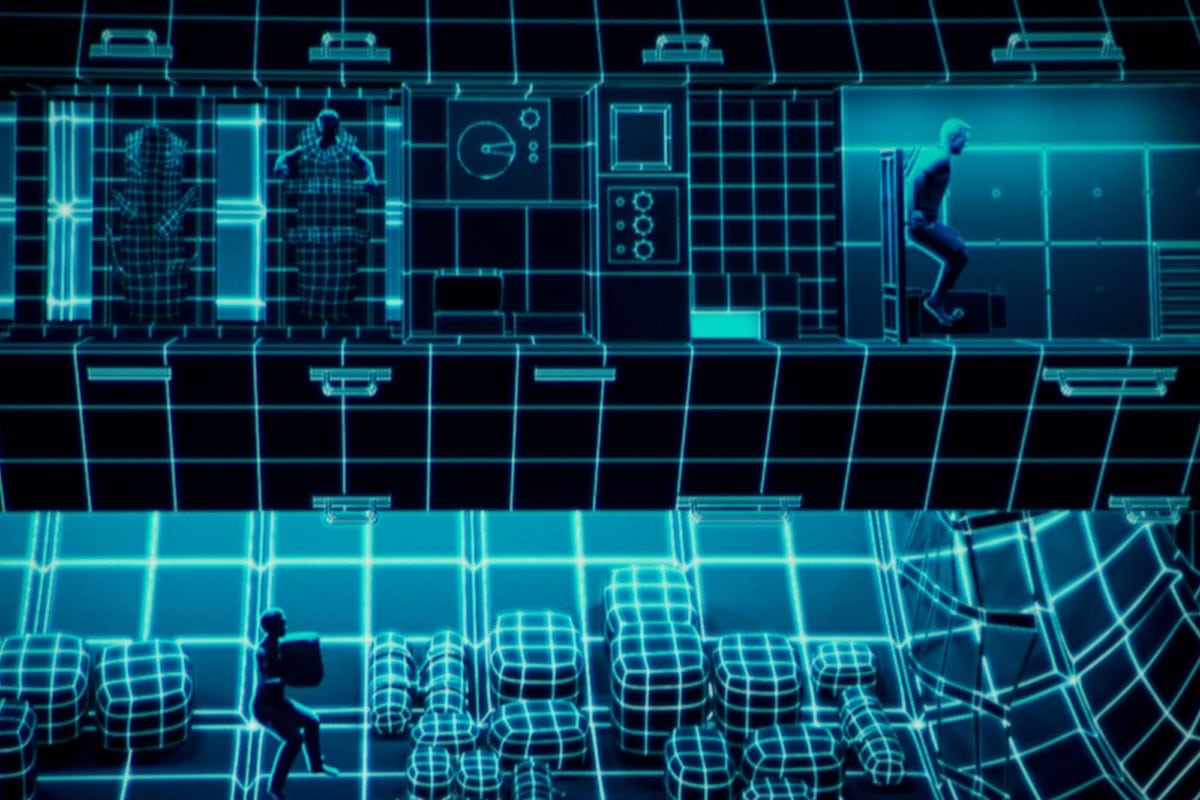
The Optoma UHD51 is another 1920x1080x4 DLP 4K UHD pixel shifter. Like the others, they tend o look a touch softer, or they look over sharpened. This projector, is pretty smart.
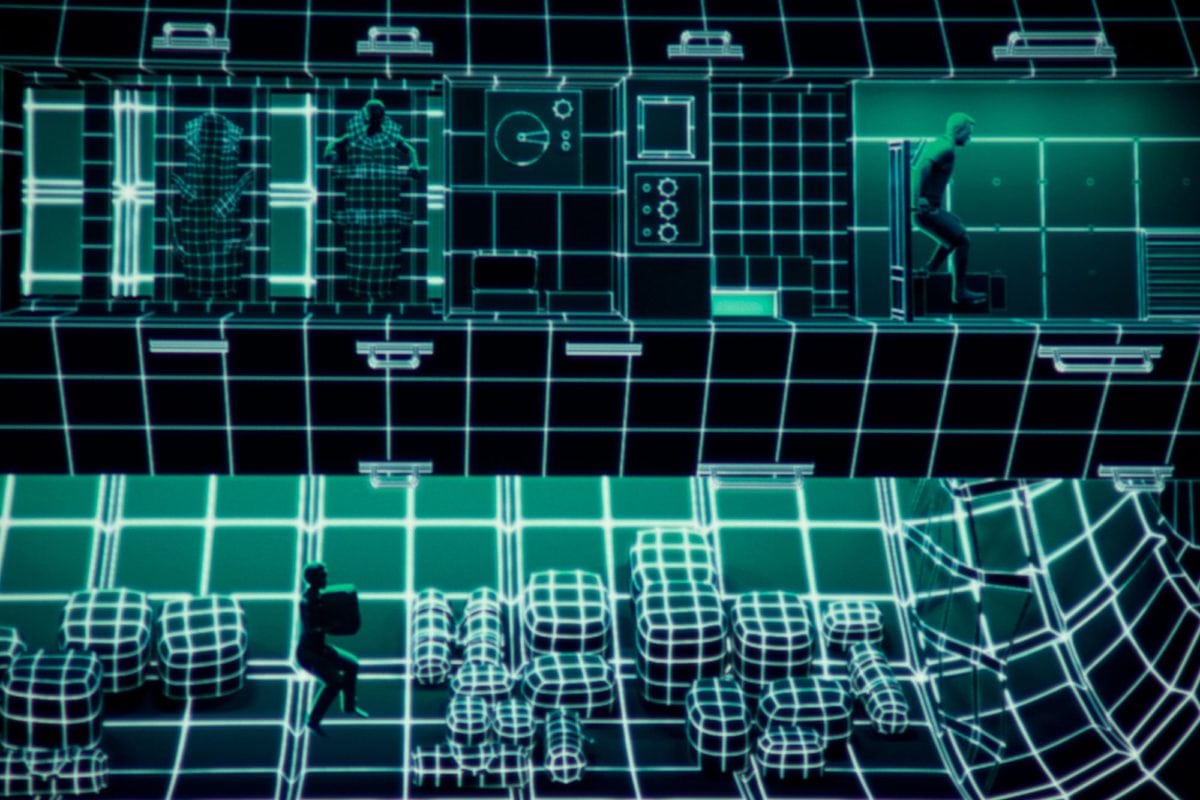
BenQ TK800 is a low cost 4K UHD DLP (of the lower resolution group), and similar to others of the same res. I repeat: Color, HDR, P3. are more important than the sharpness differences
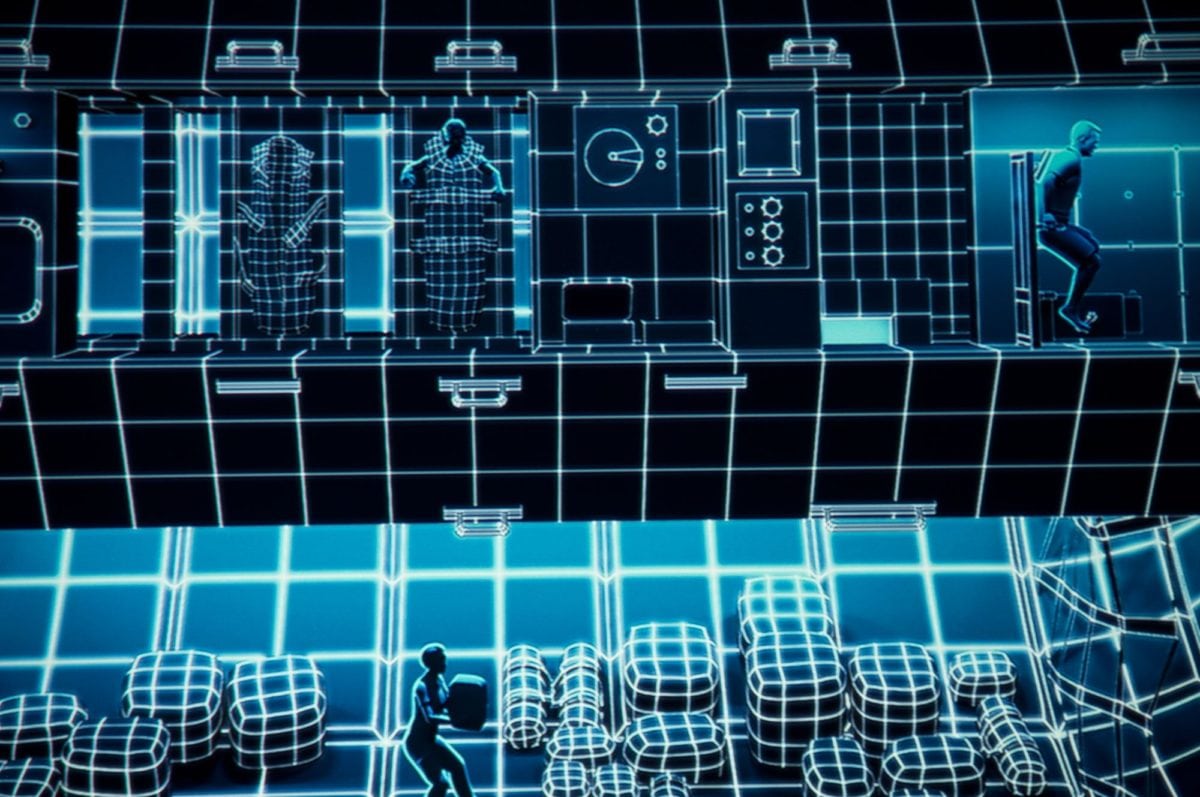
Optoma UHD65 - first of the current 4K UHD projectors we reviewed. Uses the higher res UHD DLP panels.
❮
❯
It is always tempting to "up" sharpness, detail, image enhancement, and other similar type controls to end up with the proverbial "razor sharp image." That said, in the long run, many folks end up doing that, but eventually, tend to dial back some of that extra processing for the more natural look.
In the case of this Sony - sure you can crank up its Reality Creation engine and get a similarly over sharpened type image, but there's no need to!
I should note that when I run a photoshop image into these various 4K projectors - one with just 4 color pixels in the center - a red, green, blue, and a white one, in a square layout, This Sony does a better job of separating colors (still not great) than any of the non native projectors. The only one that has topped it has been the 5040UB (seeing the different colors), but when it does that, it also definitely has the slightly hard look I keep mentioning.
The bottom line on sharpness and detail.









